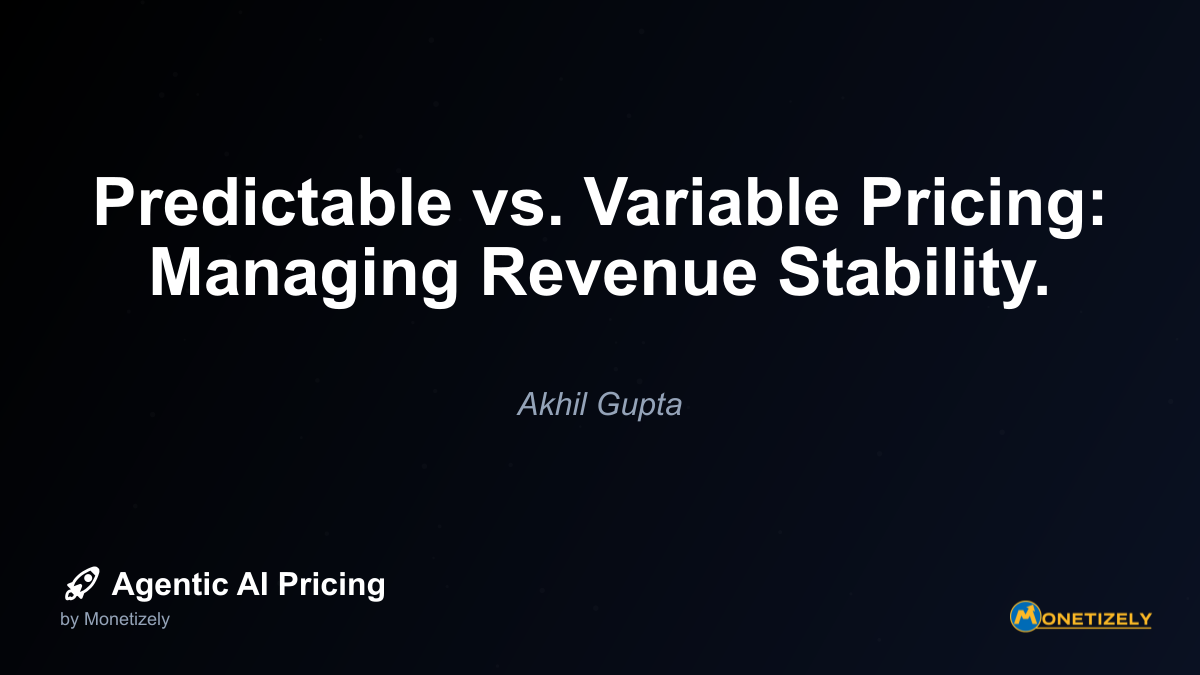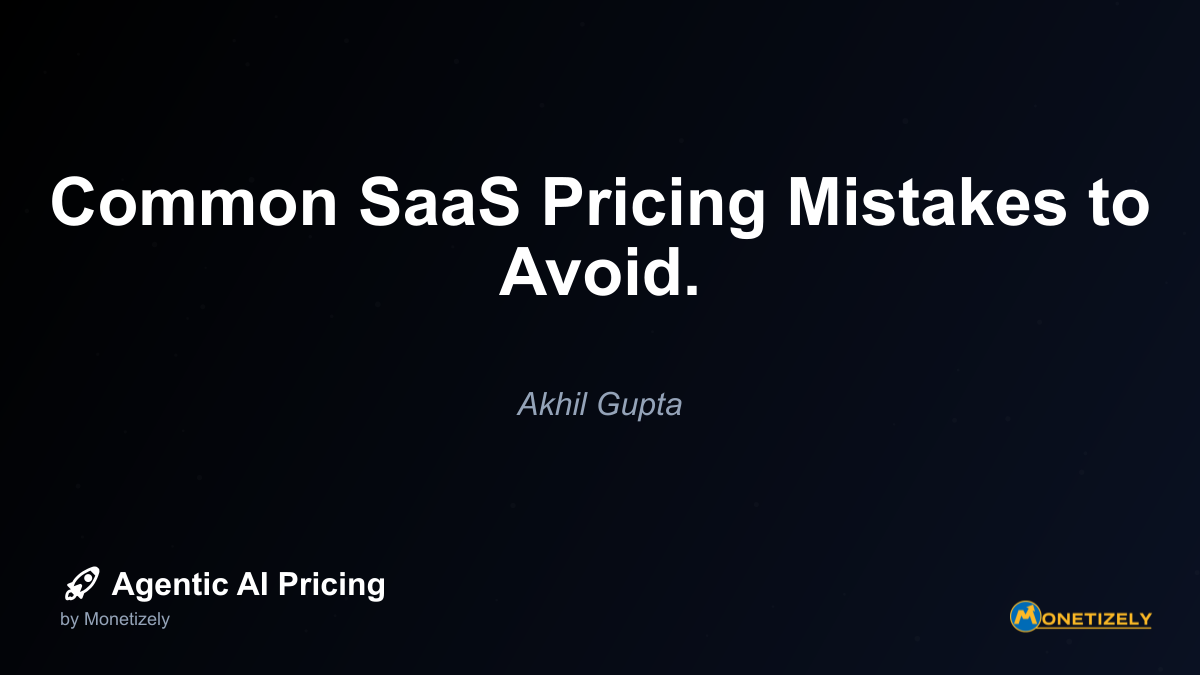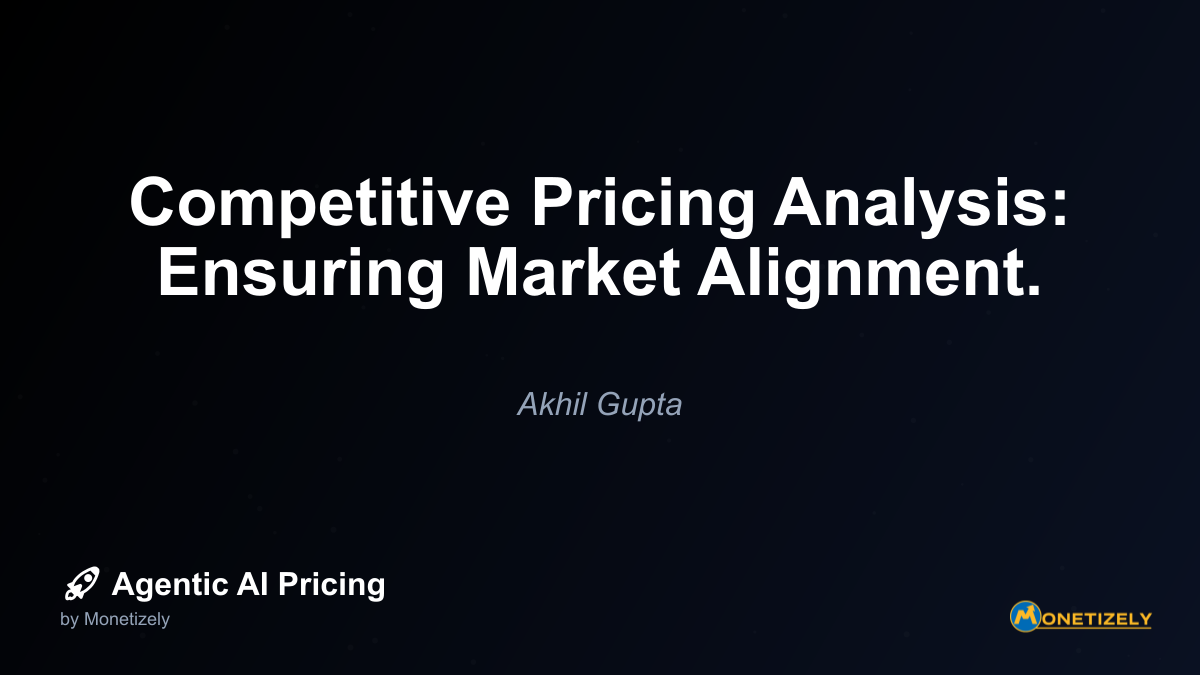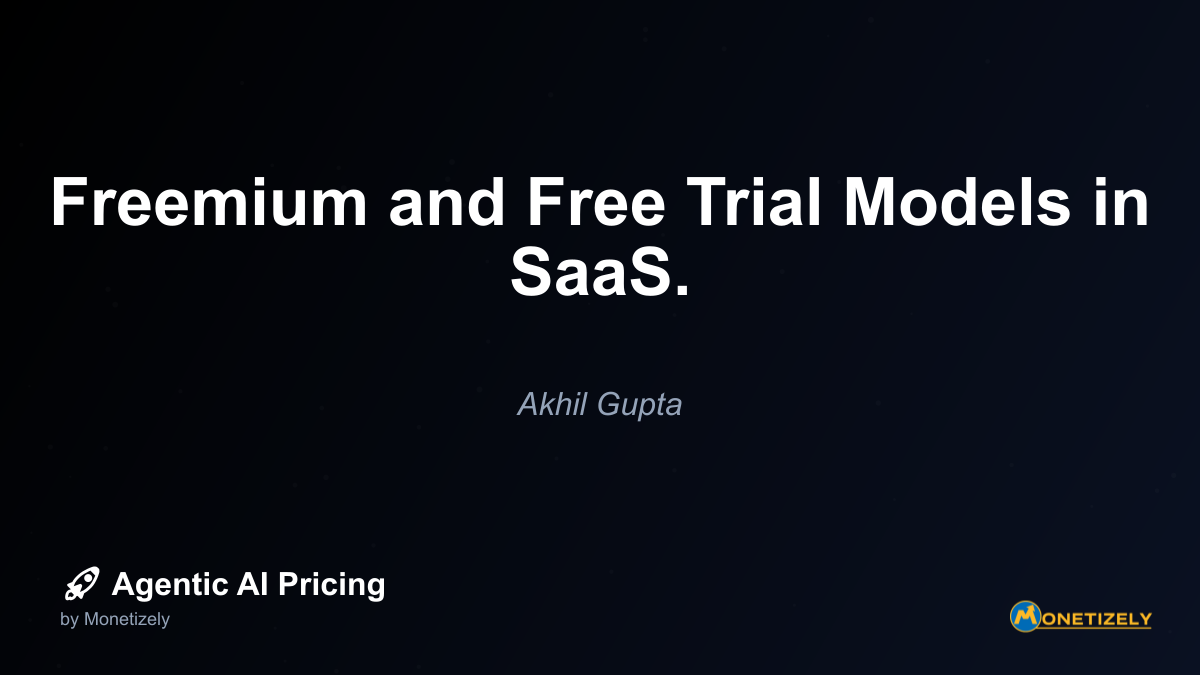· Akhil Gupta · Pricing Fundamentals · 3 min read
Predictable vs. Variable Pricing: Managing Revenue Stability.
AI and SaaS Pricing Masterclass
Learn the art of strategic pricing directly from industry experts. Our comprehensive course provides frameworks and methodologies for optimizing your pricing strategy in the evolving AI landscape. Earn a professional certification that can be imported directly to your LinkedIn profile.

Key Considerations for Agentic AI Pricing
When applying these principles to agentic AI offerings specifically, several unique considerations emerge that influence the predictability-variability balance.
Resource Consumption Patterns
Agentic AI systems often exhibit distinctive resource utilization characteristics:
- Bursting behavior: Periods of intense computation followed by relative inactivity
- Learning-driven variation: Changing resource needs as systems develop capabilities
- Task-dependent consumption: Wide variation based on specific assignments
- Cascading operations: One action potentially triggering extensive secondary processes
These patterns create challenges for both fixed and variable pricing approaches. Fixed models risk significant provider margin erosion during high-consumption periods, while variable models may produce customer cost spikes that trigger budget concerns.
Value Realization Timing
The value delivery timeline for agentic AI differs from traditional software:
- Delayed value realization: Benefits often materialize gradually as systems learn and adapt
- Cumulative intelligence: Value increases as systems accumulate knowledge and experience
- Efficiency improvement curves: Performance typically follows non-linear improvement patterns
These characteristics suggest that effective agentic AI pricing models often benefit from combining predictable components during initial value development with variable elements that capture value as performance improves.
Customer Risk Perception
Agentic AI introduces unique customer risk considerations:
- Outcome uncertainty: Less predictable results compared to deterministic systems
- Control concerns: Questions about agent autonomy and decision boundaries
- Resource consumption unpredictability: Difficulty forecasting usage requirements
These factors typically increase customer preference for predictability in early adoption stages. As confidence in the technology grows, willingness to accept variable pricing often increases proportionally.
Creating a Strategic Revenue Framework
Developing an effective approach to revenue stability requires a comprehensive framework that addresses both strategic and tactical considerations.
Strategic Assessment Process
Begin by evaluating:
- Business model fundamentals: Core economics, cost structures, and value delivery mechanisms
- Customer value patterns: How and when customers realize value from your offering
- Competitive positioning: Market expectations and differentiation opportunities
- Growth objectives: Acquisition, expansion, and retention priorities
Implementation Roadmap
Based on this assessment, develop:
- Pricing structure design: Core model architecture balancing predictability and variability
- Transition planning: Evolution path as business and market mature
- Forecasting methodology: Approaches for projecting revenue under the chosen model
- Cash management strategy: Financial policies supporting the selected approach
This systematic process ensures alignment between pricing structure, business objectives, and operational requirements.
Conclusion: Beyond the False Dichotomy
The predictable versus variable pricing debate often presents a false dichotomy. In reality, most successful businesses create thoughtful combinations that capture the benefits of both approaches while mitigating their respective limitations.
For agentic AI specifically, hybrid models that evolve with technology maturity and customer adoption typically deliver optimal results. These approaches provide sufficient predictability for operational planning while maintaining the flexibility to capture value as usage expands.
The most sophisticated pricing strategies view predictability and variability not as competing alternatives but as complementary tools in a comprehensive revenue optimization framework. By strategically deploying both elements, businesses can simultaneously achieve revenue stability, customer alignment, and maximum growth potential.
As agentic AI continues transforming business models across industries, organizations that master this balanced approach to pricing will gain significant competitive advantages through superior financial performance, enhanced customer relationships, and accelerated market adoption.
Co-Founder & COO
Akhil is an Engineering leader with over 16+ years of experience in building, managing and scaling web-scale, high throughput enterprise applications and teams. He has worked with and led technology teams at FabAlley, BuildSupply and Healthians. He is a graduate from Delhi College of Engineering and UC Berkeley certified CTO.
Pricing Strategy Audit
Let our experts analyze your current pricing strategy and identify opportunities for improvement. Our data-driven assessment will help you unlock untapped revenue potential and optimize your AI pricing approach.




